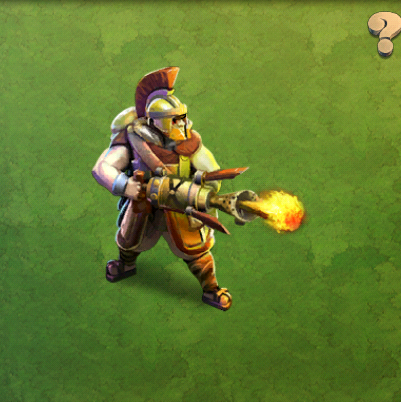

This siege weapon has very ancient origins. When brought to bear against wooden gates or stone walls (which were particularly prone to splintering or shattering) they could create cracks and eventually holes with repeated blows, allowing the besiegers entry to the fortification.Īssyrian gypsum wall relief displaying Ashurnasirpal II besieging a strongly-walled town using a battering ram, 865-60 BC, via the British Museum, London Rams could also be ‘capped’, where the end would be fitted with a block of iron or steel sometimes shaped into an animal’s head, in order to make them more effective during medieval war.īattering rams were popular because they were extremely quick and easy to construct, whilst also being very powerful medieval weapons. Often this (usually wooden) canopy was also coated in wet animal hides in order to make it resistant to fire. In order to better protect the soldiers operating the battering ram from the missiles of the defenders, the frame in which the ram was mounted was covered. Battering rams usually consisted of a large log, which would be propelled against a gate or wall with a large amount of force – either by a team of people holding the log and physically swinging it, or else by being suspended in a frame by chains or ropes, from which it would be pulled back and released to swing forwards. The battering ram is a very simple siege weapon designed to break open the gates or walls of a fortification through repeated blunt blows. A reconstruction of a simple wooden battering ram at Baba Vida Castle in Vidin, Bulgaria, photographed by Klearchos Kapoutsi s, 2009, via Flickr


 0 kommentar(er)
0 kommentar(er)
